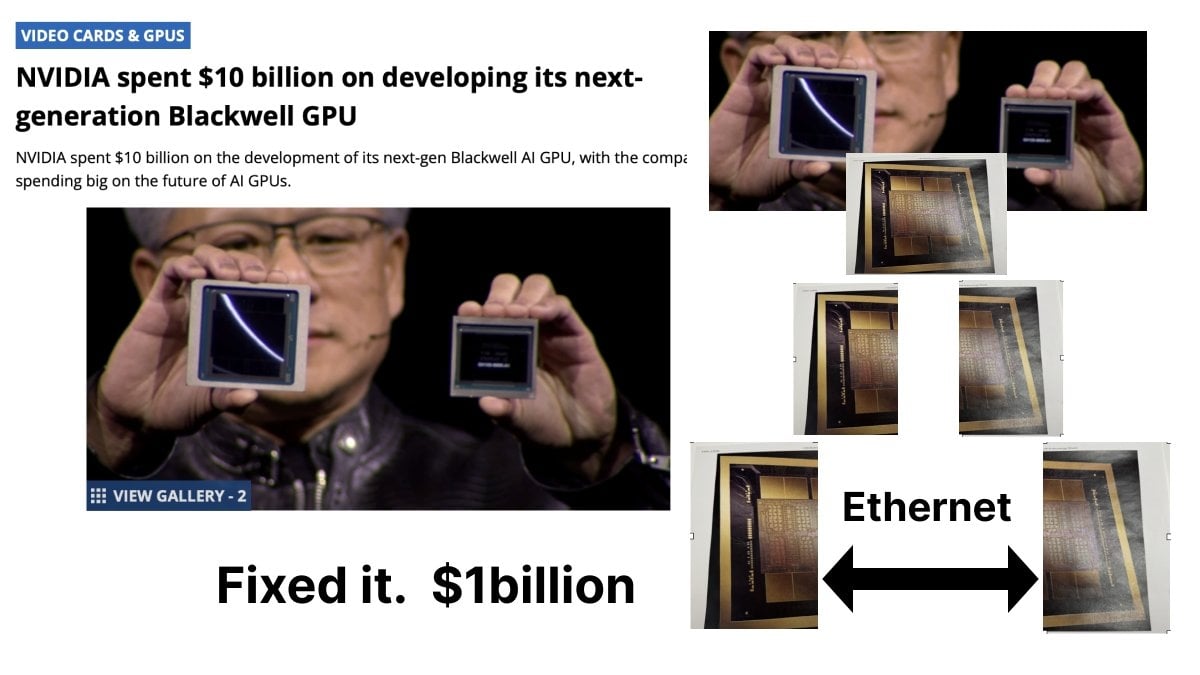
An Open Source Database for Eclipse Chasers
Rohit Pandey · Follow Published in Towards Data Science · 11 min read · 3 hours ago — Image created with midjourney Motivation for open data At the risk of stating the obvious, the biggest weakness of a data scientist is that they can’t practice their craft without high quality data. And creating a high quality dataset isn’t exactly trivial. This becomes the most obvious blocker to adding any kind of value via this discipline.



